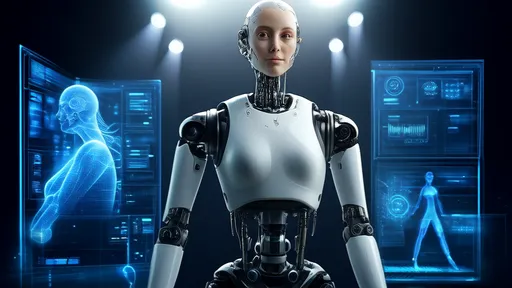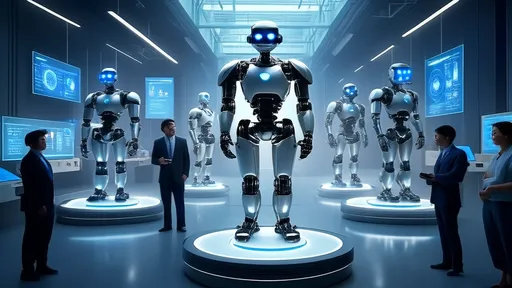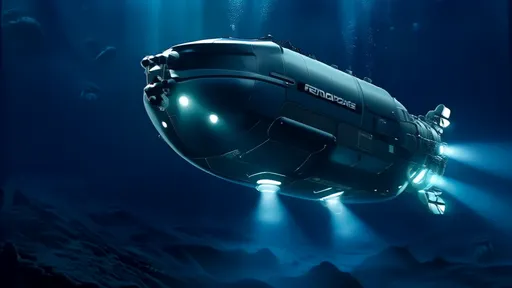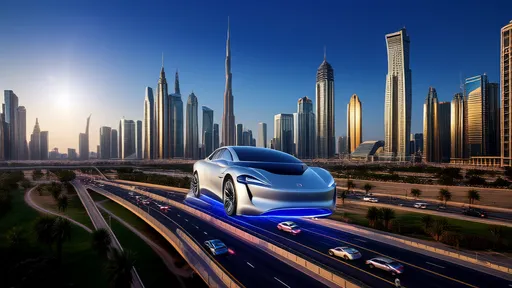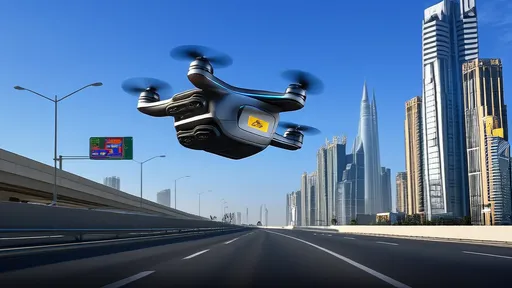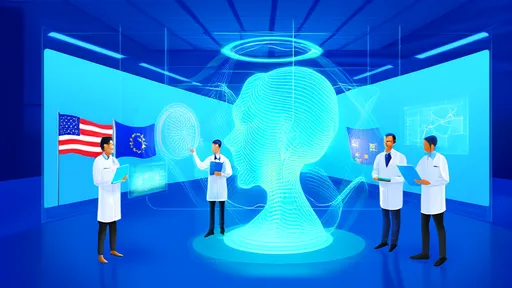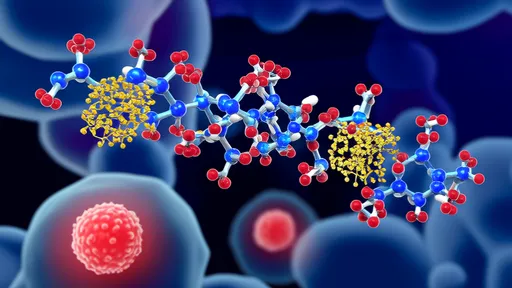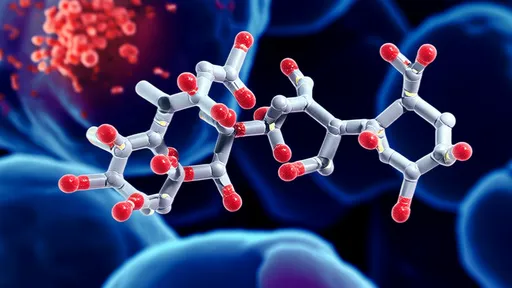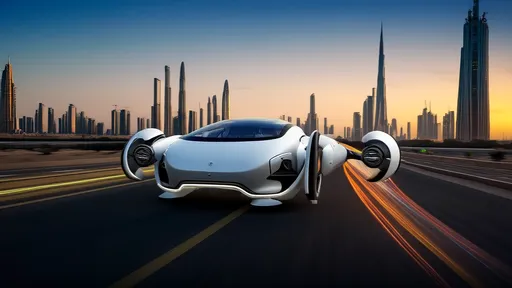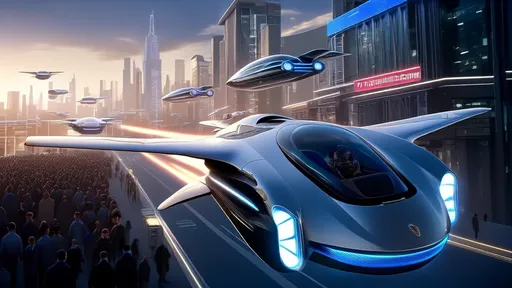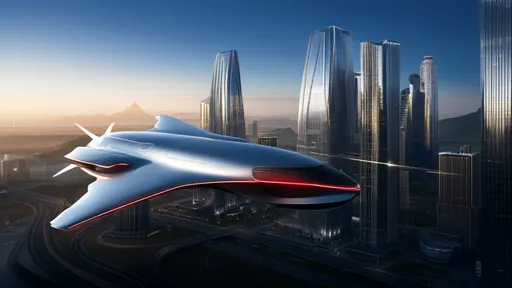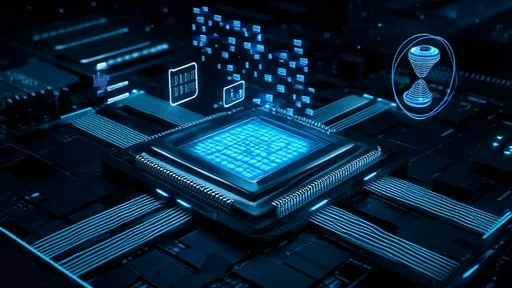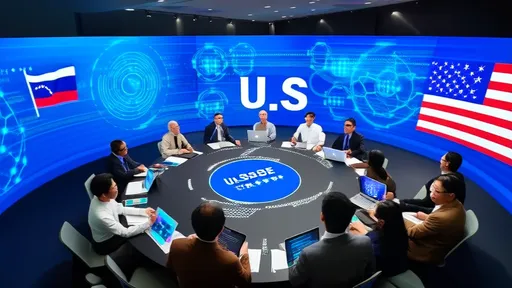In the relentless battle against cancer, a revolutionary class of therapeutics has emerged, earning the evocative moniker of "precision missiles" for their ability to deliver potent cytotoxic agents directly to malignant cells while sparing healthy tissue. These are Antibody-Drug Conjugates, or ADCs, and they represent a sophisticated fusion of biologic targeting and potent chemotherapy, a paradigm shift in oncology that is redefining treatment expectations for a growing number of cancers.
The fundamental architecture of an ADC is a testament to its ingenuity, comprising three distinct components meticulously engineered to work in concert. At its core is a monoclonal antibody, a protein exquisitely designed to recognize and bind with high affinity to a specific antigen present on the surface of cancer cells. This antibody serves as the guidance system, the homing device that seeks out the tumor. Attached to this antibody is a highly potent cytotoxic drug, often a payload too toxic to be administered systemically due to its devastating effects on healthy, rapidly dividing cells. This warhead is what ultimately kills the cancer cell. Connecting these two elements is a specialized chemical linker. This component is critically important; it must remain stable in the bloodstream to prevent premature release of the toxic payload during transit, yet it must be efficiently cleaved once the ADC has been internalized by the target cancer cell.
The mechanism of action of ADCs is a multi-stage, precision-guided sequence. Upon intravenous administration, the ADC circulates throughout the body. The antibody component continuously scans for its specific antigen. When it encounters a cancer cell displaying this antigen, it binds firmly. This binding event triggers the process of receptor-mediated endocytosis, whereby the entire ADC complex is engulfed by the cancer cell and enclosed within an endosome. Inside the cell, the endosome matures and fuses with a lysosome, an organelle filled with acidic enzymes. The acidic environment or specific enzymes within the lysosome then cleave the linker, liberating the potent cytotoxic drug. The active drug then diffuses into the cytoplasm, where it unleashes its destructive power, typically by disrupting DNA replication or inhibiting microtubule function, leading to programmed cell death, or apoptosis.
This targeted approach stands in stark contrast to traditional chemotherapy, which operates on a scorched-earth principle. Conventional chemo agents indiscriminately attack all rapidly dividing cells, whether cancerous or healthy. This leads to the well-documented and often debilitating side effects such as hair loss, nausea, bone marrow suppression, and increased susceptibility to infection. ADCs, by virtue of their precision, aim to minimize this collateral damage. The therapeutic window—the difference between a dose that is effective and one that is toxic—is significantly widened, offering the potential for more effective tumor cell killing with a markedly improved safety profile.
The journey of ADC development, however, is fraught with immense challenges, making their successful creation a monumental feat of biomedical engineering. One of the primary hurdles is the selection of an appropriate target antigen. The ideal antigen should be highly and uniformly expressed on the surface of tumor cells, with little to no expression on vital healthy tissues. An antigen expressed on critical normal cells could lead to the ADC attacking those cells, resulting in severe on-target, off-tumor toxicity. The chemistry of the linker is another area of intense research. Linkers must demonstrate near-perfect stability in the circulation; a "leaky" ADC can release its payload prematurely, causing systemic toxicity akin to traditional chemotherapy. Conversely, the linker must be efficiently cleavable inside the target cell to ensure the payload is released in its active form. Finally, the potency of the warhead must be exceptionally high. Since the number of drug molecules delivered per antibody is limited, each molecule must be powerful enough to kill a cell, often requiring agents that are hundreds or thousands of times more potent than standard chemotherapeutics.
Despite these challenges, the clinical success of ADCs has been undeniable, heralding a new era for many patients. Brentuximab vedotin, targeting CD30 on lymphoma cells, revolutionized the treatment of relapsed Hodgkin lymphoma and anaplastic large cell lymphoma. Trastuzumab emtansine (T-DM1) became a cornerstone for HER2-positive metastatic breast cancer, building upon the success of its naked antibody predecessor. More recently, fam-trastuzumab deruxtecan-nxki (T-DXd) has demonstrated remarkable efficacy, even in patients with low levels of HER2 expression, expanding the potential patient population and showcasing the concept of "bystander killing," where the released payload can diffuse into and kill adjacent tumor cells that may not express the target antigen. Sacituzumab govitecan, targeting the TROP-2 antigen, has shown significant promise in treating triple-negative breast cancer and urothelial cancer, two historically difficult-to-treat malignancies.
The landscape of ADC technology is not static; it is a field of rapid and relentless innovation. The so-called "next-generation" ADCs are being engineered with enhanced features. Scientists are developing novel linkers with improved stability and more specific cleavage mechanisms. There is a continuous search for and synthesis of ever more potent cytotoxic payloads with novel mechanisms of action. A key area of development is the optimization of the drug-to-antibody ratio (DAR), ensuring a uniform number of warheads per antibody to improve pharmacokinetics and efficacy. Furthermore, the concept of bispecific ADCs is gaining traction, where the antibody is engineered to bind two different tumor-associated antigens, potentially increasing specificity and reducing the likelihood of tumor resistance. Another frontier is the exploration of different payload classes beyond traditional cytotoxics, such as immunomodulators or radioisotopes, opening up entirely new therapeutic avenues.
Looking ahead, the future of ADCs appears exceptionally bright and is poised to further solidify their role as the "precision missiles" of oncology. Research is actively exploring their potential in earlier lines of therapy, moving from late-stage metastatic disease to adjuvant and neoadjuvant settings. Combinations of ADCs with other powerful modalities, such as immunotherapy checkpoint inhibitors, are being rigorously tested, with the hypothesis that the immunogenic cell death induced by the ADC could synergize with the unleashed power of the patient's own immune system. The application of ADCs is also expanding beyond their initial successes in hematological cancers and breast cancer, with promising activity being observed in lung, gastric, ovarian, and other solid tumors.
In conclusion, Antibody-Drug Conjugates have unequivocally earned their title as the precision missiles of cancer therapy. They embody the culmination of decades of research in immunology, molecular biology, and chemistry, offering a smarter, more targeted weapon against cancer. While challenges in design, resistance, and toxicity management remain, the trajectory of ADC development is one of continuous refinement and expansion. As our understanding of cancer biology deepens and our engineering capabilities advance, ADCs are set to deliver ever more precise and powerful strikes against cancer, bringing new hope to patients and reshaping the very fabric of oncologic care for years to come.
The once-fantastical vision of humanoid robots, long confined to the pages of science fiction and the silver screen, is steadily materializing into a tangible engineering reality. This evolution is not the result of a single, monumental breakthrough but rather a profound and intricate symphony of advancements across a multitude of scientific and engineering disciplines. The quest to create machines that not only look but also move, perceive, and interact with the fluidity and adaptability of humans represents one of the most ambitious technological endeavors of our time. It is a grand convergence, where progress in artificial intelligence, materials science, mechanical engineering, and cognitive science coalesces to breathe life into metal and silicon, pushing the boundaries of biomimicry to unprecedented heights.
The recent inclusion of humanoid robots in the 2025 Top Ten Global Engineering Achievements marks a watershed moment in technological history. This recognition transcends mere academic acknowledgment; it represents a collective global validation of decades of research, development, and iterative innovation in robotics. For years, humanoid robots existed primarily in the realms of science fiction and laboratory prototypes, often viewed as fascinating but distant curiosities. Their elevation to a top global engineering feat signals a profound shift—a transition from conceptual marvels to tangible agents of change poised to reshape our societal and industrial landscapes.
In a landmark recognition of human engineering prowess, China's full-ocean-depth manned submersible has been selected among the 2025 Top Ten Global Engineering Achievements, standing shoulder-to-shoulder with revolutionary projects like quantum computing infrastructure and Mars colonization prototypes. This prestigious listing, announced by the International Engineering Consortium earlier this morning, represents more than just technological acknowledgment—it signifies humanity's renewed commitment to conquering Earth's final frontier.
In the heart of Dubai's morning rush hour, the familiar gridlock of Sheikh Zayed Road stretches for kilometers below, but above the shimmering asphalt, a new dimension of transportation is quietly rewriting the rules of urban mobility. As first reported by The Times of India, the city's ambitious flying car initiative has transitioned from futuristic concept to operational reality, with commuters now gliding between skyscrapers in electric vertical take-off and landing vehicles. This isn't a scene from a science fiction film but the new daily reality for a growing number of Dubai residents who have traded their terrestrial commutes for the freedom of three-dimensional travel.
The desert skies of the United Arab Emirates, long dominated by the sleek silhouettes of commercial airliners and private jets, are poised to welcome a new kind of vessel. In a landmark decision that signals a significant leap from science fiction to tangible reality, a specific model of flying car has been granted a special certificate of flight from the UAE's civil aviation authority. This is not merely a provisional test permit for a closed course; it is a crucial regulatory nod that brings the vision of urban air mobility one giant step closer to the daily lives of the region's residents.
In a move signaling a new era of technological collaboration, Southeast Asian nations and the United States are forging a groundbreaking partnership in artificial intelligence development. This strategic alliance emerges at a critical juncture when global AI governance remains fragmented and the technology's potential to reshape economies and societies becomes increasingly apparent. The collaboration represents more than just technical cooperation—it embodies a shared vision for responsible innovation that respects cultural diversity while addressing common challenges.
The Euclid Space Telescope, humanity's newest and most ambitious eye on the cosmos, has begun its monumental mission to pierce the profound darkness that envelops our universe. Launched into the silence beyond our atmosphere, its purpose is not merely to capture stunning celestial portraits but to map the invisible architecture of reality itself. For decades, astronomers have known that the cosmos we see—the glittering tapestry of stars, galaxies, and nebulae—comprises a mere five percent of the total content of the universe. The remaining ninety-five percent is a profound mystery, a dual enigma composed of dark matter and dark energy. These are the phantoms of physics, entities that do not emit, absorb, or reflect light, yet whose gravitational influence dictates the fate of everything we hold visible. Euclid is our most sophisticated attempt to date to bring these shadows into the light, to understand the hidden forces that have shaped the universe's past and will determine its ultimate destiny.
Beijing's National Stadium, once the iconic centerpiece of the 2008 Summer Olympics, echoed with a different kind of applause this week. The thunderous cheers were not for human athletes pushing the limits of physical endurance, but for their mechanical counterparts—humanoid robots competing in the inaugural World Humanoid Robot Sports Games. The air, thick with the whirring of servos and the collective anticipation of engineers and spectators, marked a pivotal moment in the history of robotics and international sport.
The landscape of oncology treatment is undergoing a profound transformation, driven by the emergence of third-generation antibody-drug conjugates (ADCs). These sophisticated therapeutic agents represent a significant leap forward in the quest for precision medicine, offering new hope for patients battling various forms of cancer. Unlike conventional chemotherapy that attacks both healthy and cancerous cells indiscriminately, these advanced biologics deliver potent cytotoxic agents directly to tumor cells, minimizing damage to healthy tissues and reducing debilitating side effects.
In the relentless battle against cancer, a revolutionary class of therapeutics has emerged, earning the evocative moniker of "precision missiles" for their ability to deliver potent cytotoxic agents directly to malignant cells while sparing healthy tissue. These are Antibody-Drug Conjugates, or ADCs, and they represent a sophisticated fusion of biologic targeting and potent chemotherapy, a paradigm shift in oncology that is redefining treatment expectations for a growing number of cancers.
The desert skies above Dubai witnessed a historic moment last week as the sleek silhouette of a flying car cut through the cerulean blue, marking what many industry experts are calling the dawn of a new era in personal transportation. The demonstration, orchestrated by the pioneering aviation firm AeroMobil Emirates, was not merely a test flight; it was a powerful statement of intent, a tangible promise of a future once confined to the pages of science fiction.
In a remarkable demonstration of growing consumer confidence in aerial mobility solutions, global pre-orders for flying cars have surged past the 7,000-unit milestone. This significant threshold, reached far earlier than most industry analysts had projected, signals a fundamental shift in public perception about the viability of personal air transportation. What was once confined to science fiction novels and futuristic concept videos is rapidly transforming into a tangible consumer product category with demonstrated market demand.
In the shimmering heat of the Arabian Gulf, a new silhouette is beginning to pierce the horizon. It is not the familiar form of a commercial airliner nor the sleek profile of a private jet, but something altogether more futuristic—a flying car. This vision, once confined to the realms of science fiction, is fast becoming a tangible reality, and it is Chinese innovation that is poised to turn the skies above Dubai, Abu Dhabi, and Riyadh into a dazzling new theater of urban mobility.
The relentless march of artificial intelligence demands computational power on a scale previously unimaginable. At the heart of this revolution lies the Graphics Processing Unit, or GPU, which has evolved from a specialized graphics rendering component into the primary engine for AI workloads. The latest generation of GPU architectures represents a paradigm shift, not merely an incremental improvement. These new designs are fundamentally re-engineering the silicon to tackle the unique and colossal demands of modern AI, with a core focus on achieving unprecedented levels of computational density and efficiency through hyper-scale integration.
The ASEAN-US AI Cooperation Forum concluded its third annual session this week with a renewed commitment to bridging the digital divide through focused capacity building and infrastructure development. Held against the backdrop of rapid technological advancement, the forum brought together policymakers, industry leaders, and academics to chart a collaborative path forward, recognizing that the benefits of artificial intelligence must be distributed equitably to ensure regional stability and prosperity.
